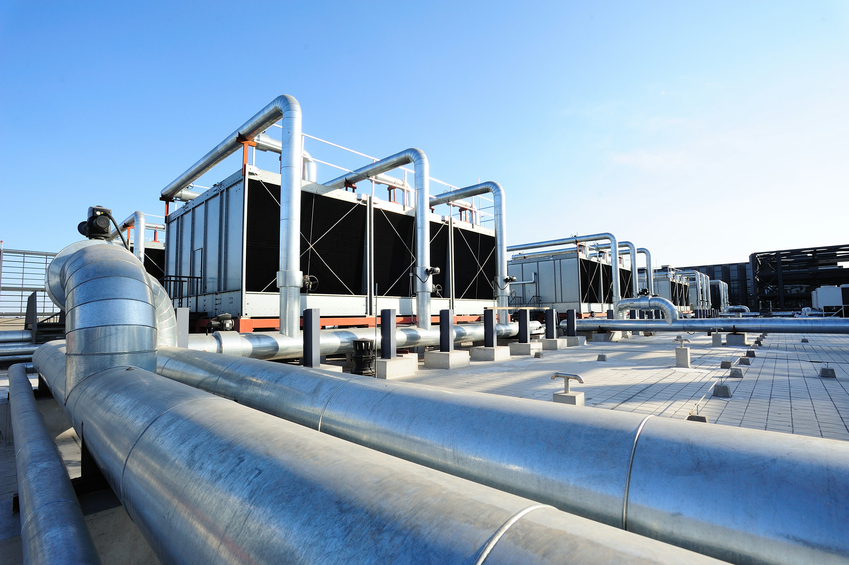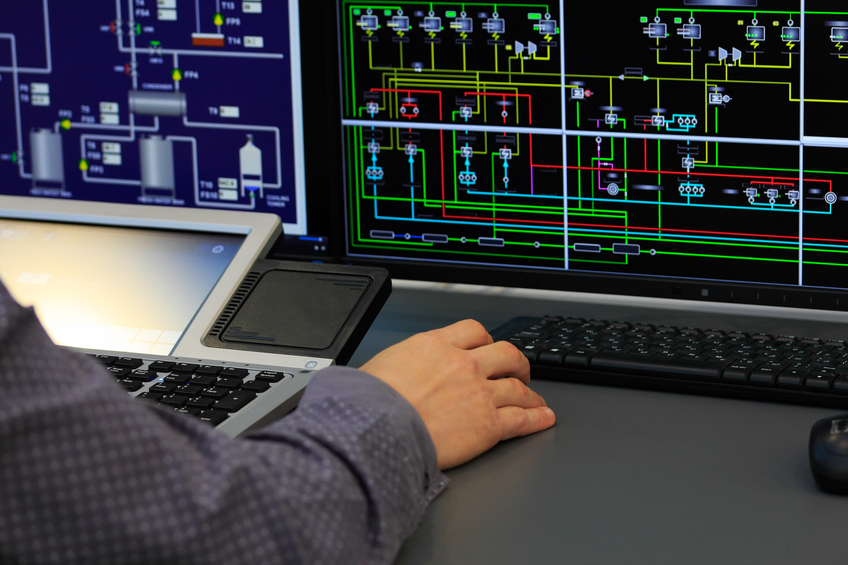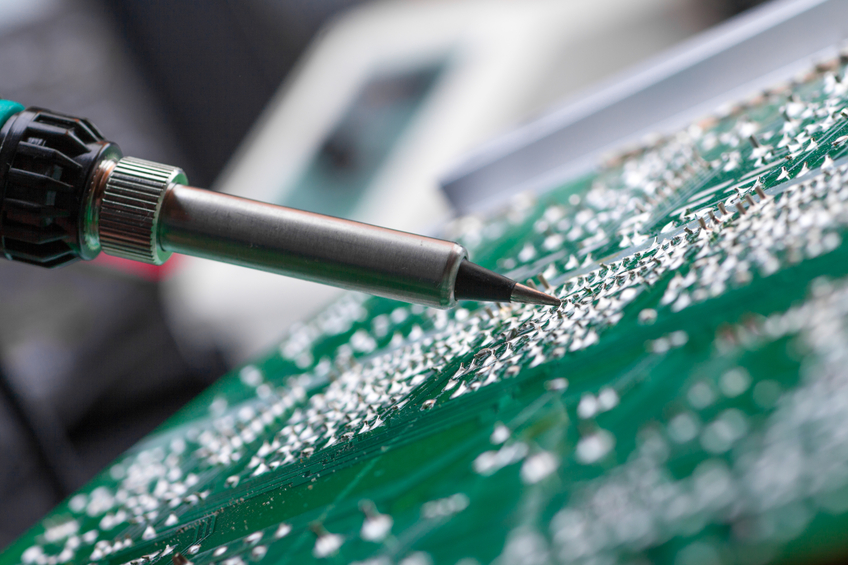Instrumentation and Controls 12 PDH Discount Package
HVAC Instrumentation and Controls (M06-019)
Principles and Methods of Temperature Measurement (E02-012)

This online engineering PDH course provides guidance on heat tracing, its different types (electric, steam, hot water), and its advantages and limitations.
The term heat-tracing refers to the continuous or intermittent application of heating pipelines, tanks, vessels or other equipment used for storage or transportation of a product (liquid, powder or gas). The purpose of heat tracing is to compensate or make up for the heat loss to the surrounding atmosphere in low ambient temperature climates. Some applications for heat tracing include; preventing fluid from freezing, maintaining process fluids at pumpable viscosities, preventing formation of hydrates and waxes in hydrocarbon liquids (oil, etc), and also sometimes to preheat part of a fluid system prior to initial startup or after a primary heating system shutdown.
The heat tracing is generally accomplished by employing electric or steam tracing and insulating both the process fluid pipe and the tracer together, using appropriate insulation materials and metal lagging. The decision between electric and steam heat tracing depends on various factors and this course outlines the pros and cons of both the methods.
This 4 PDH online course is applicable to process, mechanical and electrical engineers, operations & maintenance personnel, as well as consultants and contractors who construct, build and manage facilities involving heat tracing systems.
This PE continuing education course is intended to provide you with the following specific knowledge and skills:
- Understanding what is heat tracing and where it is used
- Understanding the different types of heat tracing systems: electric, steam, hot water
- Understanding the advantages and limitations of constant watt, parallel circuit, self regulating and skin type heating
- Learning the control techniques: ambient air sensing or line control for optimum energy efficiency
- Understanding the power supply, protection and safety devices
- Learning about the various codes and standards governing the design and installation of electric heat tracing
- Understanding three types of steam heat tracing systems: external tube tracers, cemented tracers and fully jacketed pipe
- Understanding the do's and don'ts of steam tracing
- Learning step-by-step approach for estimating the heat loss and selection of an electric heat tracing system
- Learning the key factors affecting the selection of heat tracing systems
- Learning the factors favoring and against the application of electric and steam heat tracing systems
In this professional engineering CEU course, you need to review the course document titled "Heat Tracing Systems".
Upon successful completion of the quiz, print your Certificate of Completion instantly. (Note: if you are paying by check or money order, you will be able to print it after we receive your payment.) For your convenience, we will also email it to you. Please note that you can log in to your account at any time to access and print your Certificate of Completion.

This online engineering PDH course covers the fundamentals of automatic controls in the HVAC system. Emphasis is placed on the control principles, terminology, basic components, control devices and direct digital control systems. Numerous illustrations and examples have been included to enhance the understanding of the course material.
The HVAC systems are designed for peak conditions. Because these conditions prevail only for small period in a year, the HVAC equipment must operate most of the time at lean capacity. The function of the control system is to adjust the equipment capacity to match the load. Automatic controls are necessary not only to achieve the design conditions in the conditioned space but are also required for efficient operation of the HVAC system. The main parameters to be controlled in air conditioning system are temperature, pressure, humidity, air quality and thermal energy distribution.
It is important to note that the primary factor influencing the effectiveness of HVAC system is the proper mechanical design itself. The HVAC system must be properly designed to satisfy the process or comfort requirements. Only when this criterion is satisfied can a suitable control system be applied.
The 6 PDH online course is applicable to mechanical, electrical, controls and HVAC engineers, architects, building designers, contractors, estimators, energy auditors and facility managers who are interested in gaining a better understanding of HVAC instrumentation and controls. This course is aimed at the personnel who have some limited background in the air conditioning field or who may be having difficulty relating controls to air-conditioning equipment.
This PE continuing education course is intended to provide you with the following specific knowledge and skills:
- Defining the basic blocks of control system
- Distinguishing between open loop and closed loop systems
- Understanding the different types of temperature, humidity, pressure and flow sensors
- Defining setpoint, control point, offset and throttling range
- Determining controller action for given the application
- Distinguishing between direct and reverse reset
- Distinguishing between the mixing and diverting valves
- Defining flow coefficient, valve authority, controllability, rangeability and turndown ratio;
- Describing the sizing of control valves
- Defining proportional control, PI control and PID control
- Describing direct digital control terminology, hardware and control network
- Citing the energy saving benefits of DDC systems
In this professional engineering CEU course, you need to review the document titled "HVAC Instrumentation and Controls".
Upon successful completion of the quiz, print your Certificate of Completion instantly. (Note: if you are paying by check or money order, you will be able to print it after we receive your payment.) For your convenience, we will also email it to you. Please note that you can log in to your account at any time to access and print your Certificate of Completion.

This online engineerng PDH course describes the four basic types of temperature measuring devices, each working on a different principle:
- Mechanical (liquid-in-glass thermometers, bimetallic strips, bulb and capillary, pressure type, etc.)
- Thermocouples
- Thermo-resistive (RTD's and thermistors)
- (infrared and optical pyrometers)
Temperature is a principle parameter that needs to be monitored and controlled in most engineering applications such as heating, cooling, drying and storage. Temperature can be measured via a diverse array of sensors. All of them infer temperature by sensing some change in a physical characteristic be it a thermal expansion, thermoelectricity, electrical resistance or thermal radiation.
This 2 PDH online course is applicable to electrical, instrumentation and control engineers, energy auditors, O&M professionals, contractors, estimators, facility managers and general audience interested in learning more about the principles and methods of temperature measurement.
This PE continuing education course is intended to provide you with the following specific knowledge and skills:
- Learning the various types of temperature sensors
- Understanding the principle of operation of thermocouples (Peltier effect, Thompson effect and Seebeck effect)
- Learning about the basic construction of a thermocouple including materials used
- Knowing the three laws of thermocouples (law of intermediate metals, law of intermediate temperatures and law of additive voltages)
- Understanding the difference between grounded, ungrounded and exposed junctions
- Knowing the basic principle and construction of RTDs and Thermistors
- Understanding the difference between the two main types of thermistors i.e. positive; temperature coefficient (PTC) and negative temperature coefficient (NTC)
- Explaining how RTD resistance varies for increase and decrease of temperatures using bridge circuits
- Knowing the basic principles of radiative temperature measurement including infrared and optical pyrometers
In this professional engineering CEU course, you need to review the document titled "Principles and Methods of Temperature Measurement".
Upon successful completion of the quiz, print your Certificate of Completion instantly. (Note: if you are paying by check or money order, you will be able to print it after we receive your payment.) For your convenience, we will also email it to you. Please note that you can log in to your account at any time to access and print your Certificate of Completion.